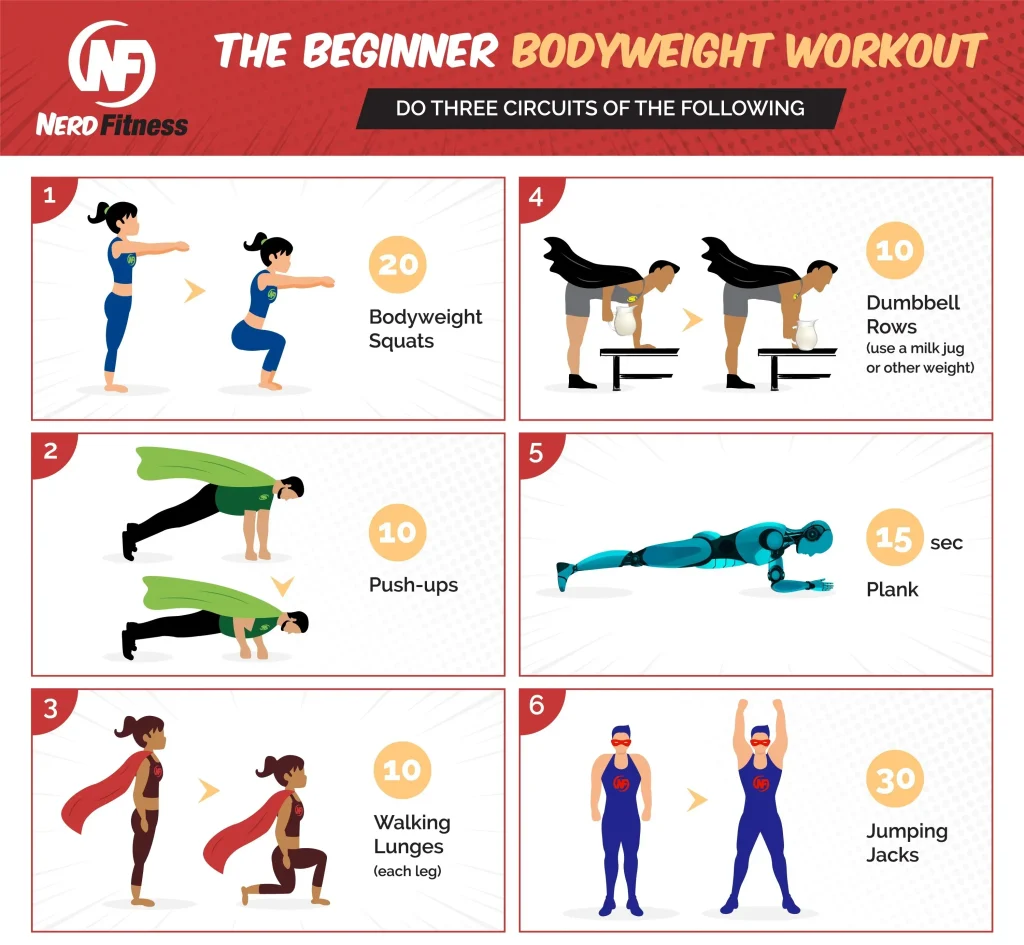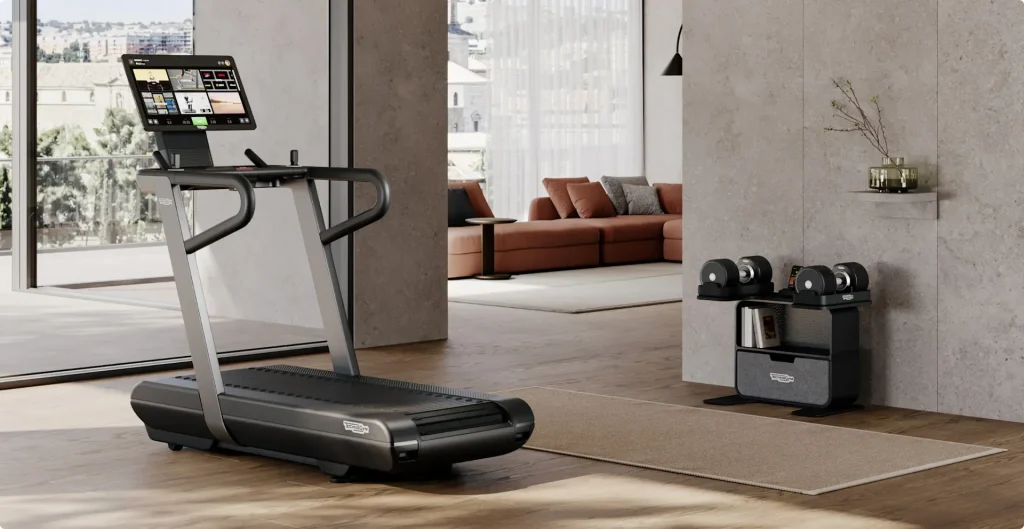Home workouts for sports readiness unlock athletic potential right in your living room, pairing structure with consistency to keep you fast, strong, and injury-resistant. This at-home training approach uses clear progressions to build strength, power, speed, and coordination without relying on a gym. The program doubles as home workout routines for athletes, offering practical moves you can adapt for any sport. Expect steady gains with focused conditioning routines, mobility work, and functional training for athletic performance that transfer to real-world sport. Designed for versatility and convenience, these routines help you train consistently, stay durable, and perform at your best in training and on game day.
Beyond the immediate term, this approach translates to home-based conditioning and sport-ready drills that prepare you for high-level training and competition. Think of it as in-home training and athletic preparation routines that focus on strength, balance, and dynamic movement without the need for a full gym. Latent Semantic Indexing principles group related ideas such as mobility work, functional training for performance, and sport-specific conditioning to support the same goals. These terms reinforce the concept that you can build athletic capacity with simple tools or bodyweight, anytime and anywhere.
Home workouts for sports readiness: Train like an athlete at home
Home workouts for sports readiness empower you to train like an athlete without stepping into a gym. At-home training emphasizes having a clear plan, consistency, and the flexibility to adapt with bodyweight or a couple of affordable tools to build strength, power, and resilience in a compact space.
Because you can’t rely on heavy machines, this approach relies on progressive overload and smart exercise selection. Small weekly progressions—adding reps, increasing tempo, or advancing from bodyweight squats to goblet squats—help you develop neuromuscular efficiency and joint stability. This approach aligns with home workout routines for athletes, promoting transferable athletic gains across basketball, soccer, tennis, running, and everyday activity.
Designing at-home training plans for holistic athletic development
To design a balanced at-home program, blend four pillars: strength and power, speed and agility, conditioning, and mobility. This comprehensive framework ensures you train the whole athlete, not just one system, and it works well in small spaces with minimal gear.
A practical weekly structure keeps you on track: typically four primary training sessions plus an active recovery day, with conditioning routines woven in via short finisher blocks. This approach mirrors the concept of home workout routines for athletes by keeping sessions efficient, varied, and capable of scalable progression.
Sports readiness exercises: Essential moves with minimal gear
Core sports readiness exercises include bodyweight squats, lunges, push-ups, inverted rows, hip hinges, and farmer carries if you have equipment. These moves develop lower-body power, hinge strength, core stability, and upper-body control in functional patterns that transfer to multiple sports.
To maximize transfer, mix bilateral and unilateral work, tempo variations, and stability challenges. If you have resistance bands, add rows and presses to widen your toolkit while maintaining a focus on functional training for athletic performance.
Conditioning routines for endurance and recovery without a gym
Conditioning routines at home should blend cardio and sport-specific work, using intervals, tempo efforts, or hill sprints (stairs or incline) when possible. Short, intense bouts improve work capacity and sprint quality while staying within home constraints.
Finish with mobility and breath-focused recovery to support ongoing adaptation. Prioritize sleep, hydration, and nutrition to sustain higher effort across sessions, helping you stay consistent and resilient even without a traditional gym setting.
Functional training for athletic performance: Moves that transfer to any sport
Functional training for athletic performance emphasizes multi-joint, multi-planar patterns that mirror real-world demands. Think squats with a stride, loaded carries, rotational lunges, and explosive hip hinges—moves that enhance coordination, core stability, and overall athletic function.
Progression comes from adding load, complexity, or speed while preserving technique. Incorporate unilateral variations, tempo changes, and short bursts of power to challenge the nervous system and improve transfer to sport-specific tasks. This supports a practical, home-based path to functional training for athletic performance.
Progression and safety: How to advance your home workouts over 6–8 weeks
Track progress with reps, tempo, distance, RPE, and recovery time. When you stall for more than two weeks, increase difficulty by one variation, add a rep, or extend a set. This steady progression embodies progressive overload in an at-home context and keeps performance moving forward.
Always prioritize technique, warm-up, and cooldown to reduce injury risk. Schedule rest days, stay hydrated, and align nutrition with training goals. A thoughtful approach to progression and safety makes long-term adherence feasible while you continue building strength, power, and resilience for sports readiness.
Frequently Asked Questions
What are Home workouts for sports readiness and why are they effective?
Home workouts for sports readiness are at-home routines that develop strength, power, speed, agility, and conditioning without a gym. They work because of progressive overload, quality movement, and a balanced mix of exercises you can do with minimal equipment, making them practical for athletes at any level. At-home training emphasizes transferable athletic capacity so you perform better in sport and daily activities.
How should I structure home workout routines for athletes to maximize sports readiness?
Build a balanced template that covers strength, power, speed, agility, and conditioning. A typical home workout routine for athletes can be 4–5 days per week with focused warm-ups, main movements, and a conditioning or speed block, using bodyweight or simple equipment. Use progressive overload and varied stimuli to support sports readiness exercises and functional training for athletic performance.
Which sports readiness exercises are best to do at home?
Core moves like squats, lunges, push-ups, rows, and hip hinges form the foundation of at-home training for sports readiness. Add plyometric and agility work (ladder patterns, cone shuffles) and anti-rotation core exercises to target sports readiness exercises and functional training for athletic performance.
How can I balance conditioning and strength in at-home training for sports readiness?
Use focused circuits that pair strength work with short conditioning bouts, cycling through days that emphasize force production, speed, and endurance. This approach keeps conditioning routines aligned with functional training for athletic performance, ensuring comprehensive development without overloading any single system.
What equipment or space do I need for effective at-home training for sports readiness?
Minimal gear is enough: bodyweight, resistance bands, a couple of dumbbells or a kettlebell, and a clear space. A stable chair, stairs, or a wall can substitute for many moves, making at-home training flexible and accessible for sports readiness.
How do I progress my home workouts for sports readiness over time?
Track reps, tempo, and effort to monitor progress and apply progressive overload every 1–2 weeks. Increase load, reps, or difficulty, and cycle mesocycles (typically 4–6 weeks) to sustain gains in strength, power, and conditioning. This structured progression supports long-term home workouts for sports readiness.
| Key Point | Summary |
|---|---|
| Core idea | Progressive overload drives improvements in strength, power, and athletic control. Small weekly increases in reps, tempo, or difficulty build neuromuscular efficiency, joint stability, and motor control for transferable performance. |
| Four pillars of the program | Strength and power; Speed, agility, and movement quality; Conditioning and work capacity; Mobility and recovery. These pillars form the backbone of a complete at‑home plan for sports readiness. |
| Weekly plan structure | Sample schedule: 4 training days + 1 active recovery day, with themes for each day (e.g., Lower-body strength + plyometrics; Upper-body push/pull + stability; Mobility + endurance circuit; Full-body power and tempo; optional sport-specific work). |
| Equipment and space | Flexible setup: bodyweight, resistance bands, dumbbells or kettlebells, a stable surface (chair/bench/stairs), and a small space. Training can adapt to minimal gear. |
| Key training principles | Balance across movement domains; quality warm-ups; quality over quantity; gradual progression; time-efficient sessions (roughly 30–45 minutes). |
| Progression, safety, and recovery | Track progress, prioritize technique, allow for recovery, and address injuries with appropriate modifications or professional guidance. |
| Sport-specific adjustments | Cycle short mesocycles (4–6 weeks) focusing on different attributes while maintaining core structure so readiness aligns with sport demands. |
| Practical consistency tips | Schedule workouts, keep sessions engaging, set SMART goals, and use a simple, scalable plan to sustain adherence. |



